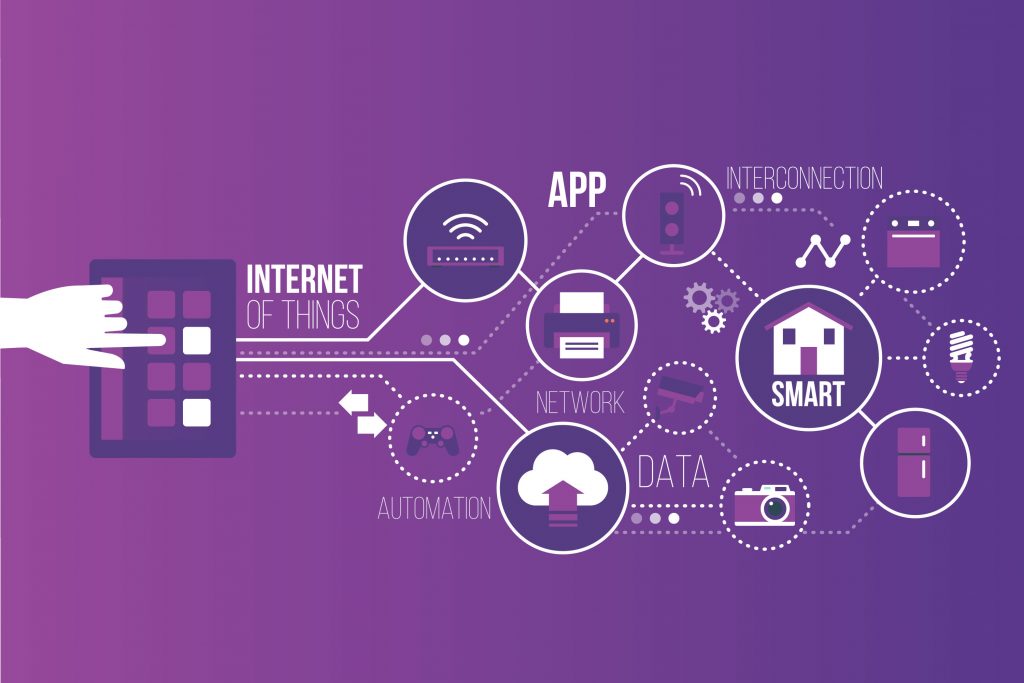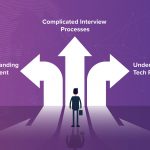The Top 4 Upcoming Big Data Trends

Author: Zain Imran Butt
Even today, organizations continue to struggle with how to store and continually process growing amounts of big data. While traditional data management tools still have their place, it’s clear that an approach based on batch processing is not adequate for today’s businesses. Because big data represents a different type of information, it requires a new way of thinking about data processing.
Here are the top 4 upcoming big data trends in 2022 that affect how organizations collect and analyse their data.
Increased Data Diversity

It should come as no surprise that the rate of data generation is increasing. Much of this information is derived from sources other than database transactions. These sources include cloud systems, smart devices such as smartphones and voice assistants, and video streaming.
Non-database sources will continue to be the primary sources of data, prompting enterprises to reconsider their data processing requirements. Voice assistants and Internet of Things (IoT) devices are accelerating the growth of big data management requirements in diverse sectors. This includes retail, healthcare, banking, insurance, manufacturing, and energy, as well as in a variety of public-sector areas. This growth in data diversity is forcing businesses to consider alternatives to the typical data warehouse as a means of processing all this big data.
Furthermore, as industrial improvements in processing power have led to the development of increasingly powerful devices capable of collecting and storing data without putting a strain on the network, the requirement to manage the data being generated is shifting to the devices themselves.
The Move Towards Cloud Computing

To deal with the rise in data generation, businesses are devoting resources by storing them in a cloud-based and hybrid cloud systems for optimizing big data volumes. Previously, businesses were responsible for their own storage infrastructure, resulting in maintaining, securing and operating huge data centers. The shift to cloud computing changed everything. By delegating responsibility to cloud infrastructure providers like Google, Microsoft, and IBM, businesses can deal with virtually unlimited amounts of new data while paying for storage and compute capacity on-demand without having to maintain their own large and complex data centers.
Enterprises are transitioning toward new data architecture models. This allows them to handle big data’s diversity, veracity, and volume challenges, as well as improve cloud storage and processing. Enterprises are evolving the notion of the data lake rather than trying to consolidate data storage in a data warehouse. This requires sophisticated and time-consuming data extraction, transformation, and loading.
Implementation of Advanced Analytics, Machine Learning, and AI Technologies in Big Data
Traditional analytical approaches are challenged by huge amounts of data collected as it is difficult to automate data analysis at scale. Organizations can process petabytes of data at lightning speed using distributed processing technologies, particularly by open-source platforms like Hadoop and Spark. They can now see trends, and more, quicker than before thanks to machine learning and AI technologies. Businesses are using Big Data analytics technologies to improve their business intelligence and analytics initiatives. The shift from slow reporting tools that rely on data warehouse technology towards more intelligent, responsive applications. These applications provide greater visibility into customer behaviour, business processes, and overall operations.
Machine learning and AI technologies have proven ground-breaking in the field of big data analytics. Organizations of all sizes utilize AI to improve and optimize their business processes. Machine learning spots trends and detects abnormalities in massive data sets more, allowing them to perform predictive and further advanced data analysis. These comprise image, video, text recognition systems, natural language processing skills for chatbots, and voice and text analysis.
Companies are harnessing their data settings to deliver deeper customer care through intelligent chatbots and more personalized interactions. All while avoiding major additions in customer support staff, thanks to AI and machine learning.
The emergence of Big DataOps
For years to come, many areas of data processing, storage, and administration will continue to evolve. Although innovation drives technological requirements, people also influence the way they think and interact with data.
DataOps, a process that focuses on agile, statistical approaches for dealing with the whole lifecycle of data as it travels through the company, is one area of innovation. DataOps tools and frameworks handle organizational demands across the data lifecycle from generation to archiving, rather than thinking about data in piecemeal form with distinct individuals dealing with data generation, storage, transportation, processing, and management.
Connecting Digital Talent And Modern Businesses
New technologies in big data analytics are constantly evolving throughout time. As a result, businesses must implement the right trends to stay ahead of their competitors.
AIQU offers a team of recruiting experts who specialize in technology related to Business Intelligence, Big Data Analytics, enabling more meaningful dialogues with both companies and candidates. We make it our mission to assist modern businesses in finding the best tech talent across the GCC. Keep up with everything Big Data-related by following us on LinkedIn.
Contact us today to find the right talent that will help you scale your business to newer heights!





